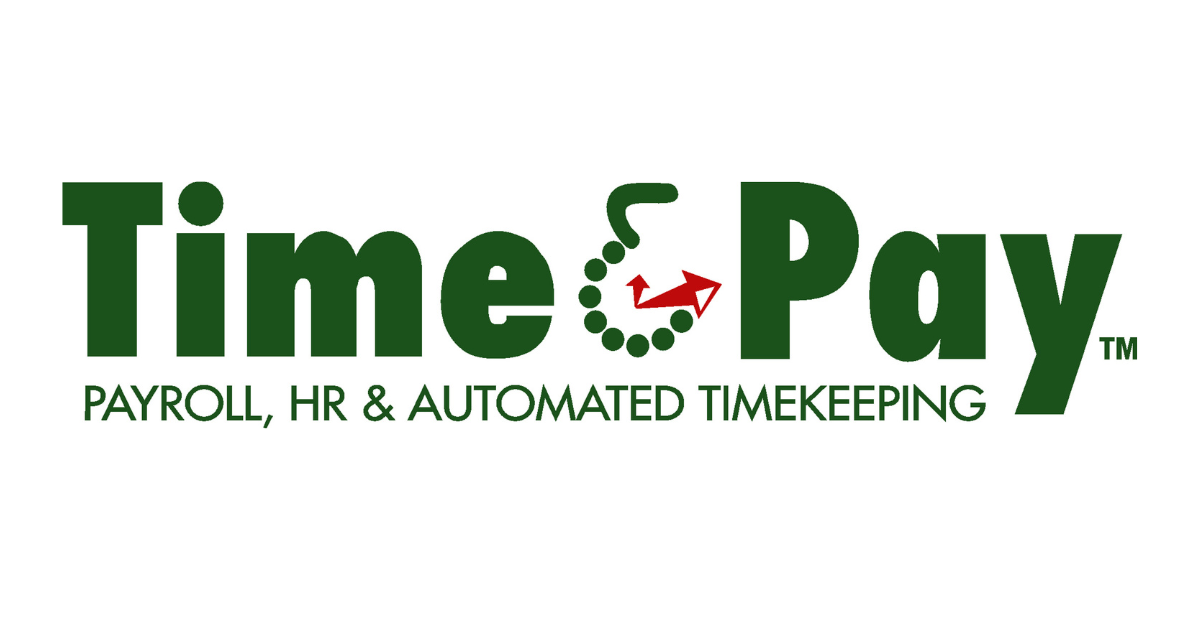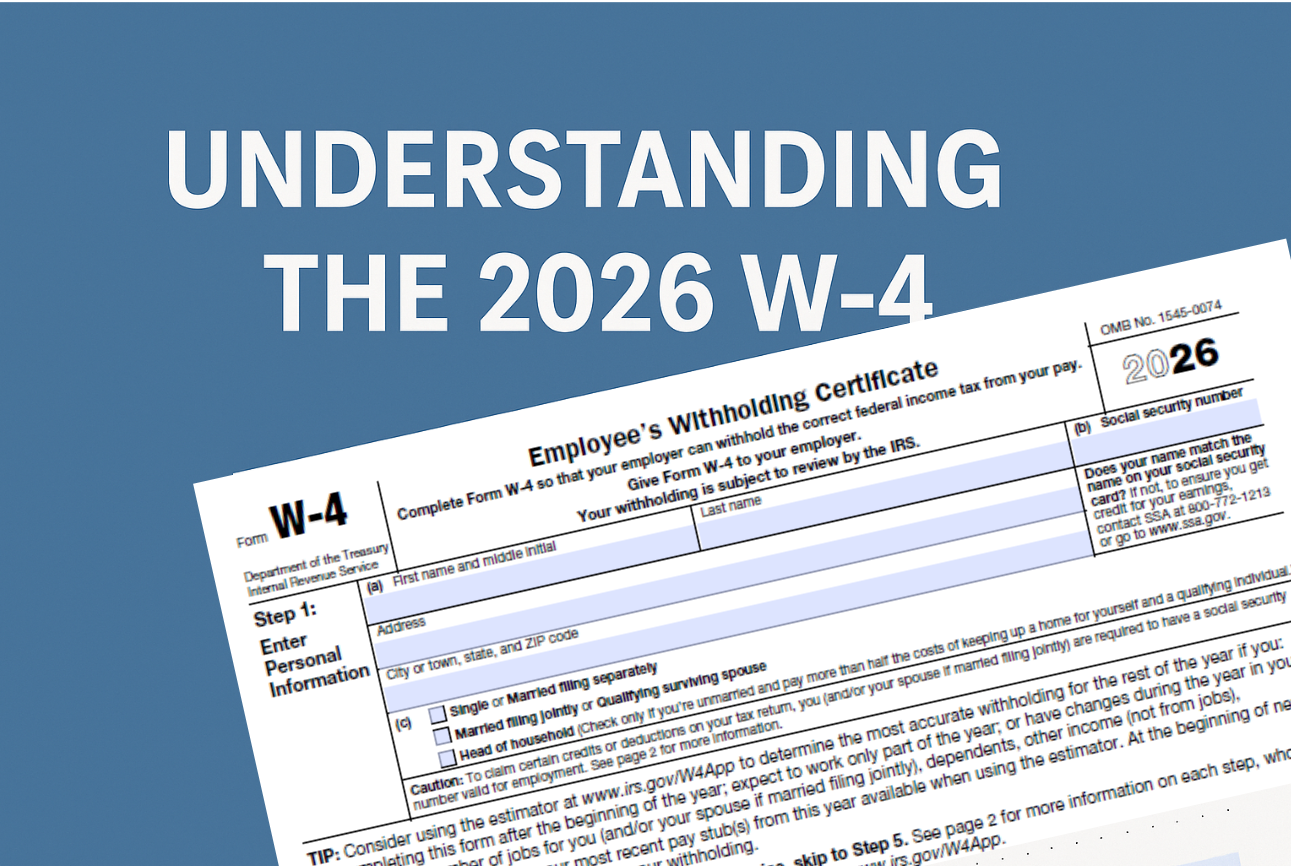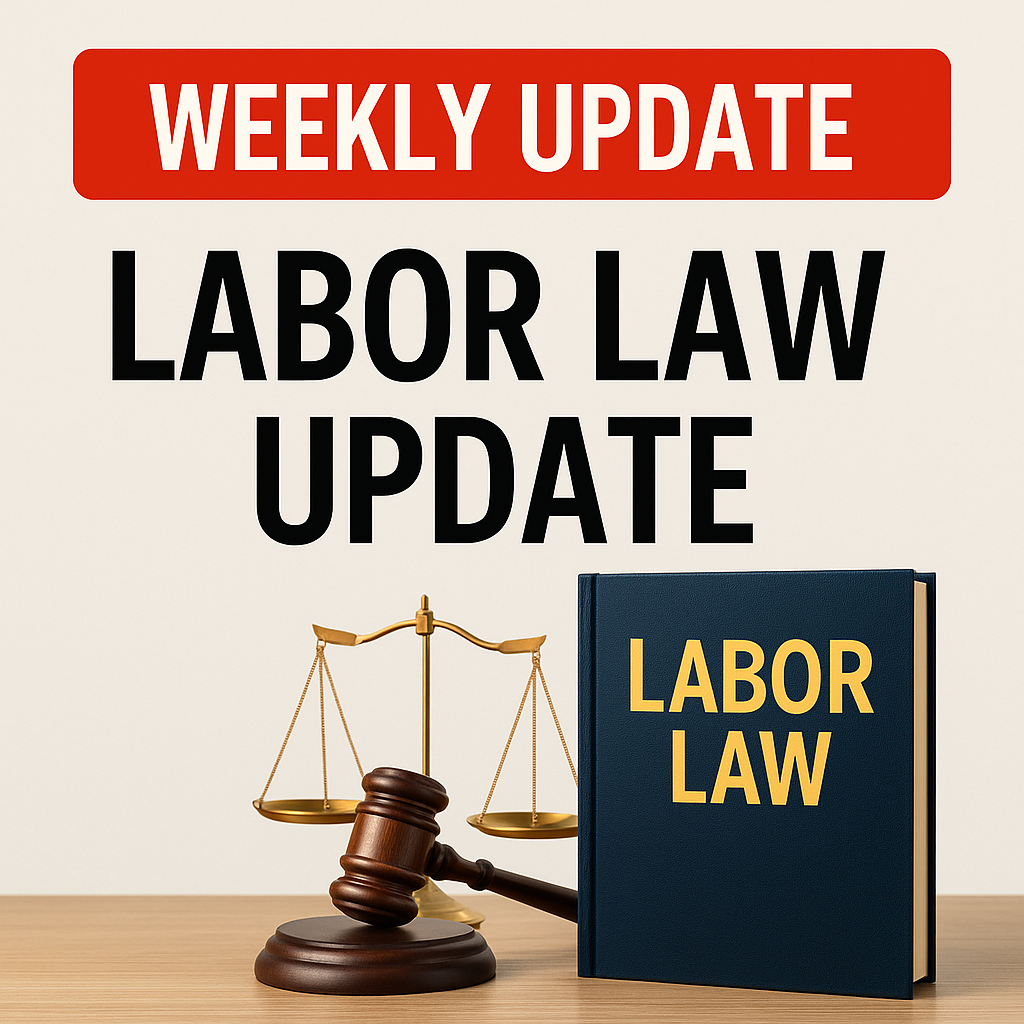Question: Why Outsource Payroll?
Answer: Outsourcing payroll can 100% save you money!
Here’s how:
In general, professional payroll services only get paid for the number of checks they produce. Thus payroll processing becomes a variable cost, a direct function of the number of employees you have, as opposed to a fixed cost of having an employee on staff processing your payroll.
For example, a Time & Pay outsourced solution for a company with 20 employees paying on a weekly basis will cost on average between $60 and $70 per payroll period. This includes pay checks, management reports, tax filings – with guaranteed compliance, quarterly tax reporting and more.
This translates into about $3,400 per year.
You know that you cannot hire a person in-house to do payroll for that little cost. For a qualified individual, it would be at least 10 times that, plus overhead. Add to or reduce staff, and the cost of the payroll service varies depending on the cost per check, while your fixed in-house cost for qualified staff will remain the same, and increase over time.
Your in-house staff may have trouble keeping up with payroll compliance depending on their resources and the demands on their time. Failure to keep up will prove costly! Your outsourced payroll professional always keeps up with the rules and regulations, never works overtime, never goes on paid vacation, never gets sick pay, and will always be there around the holidays to meet any special payroll needs you may have.
Yes, we know this in-house person may be doing some other bookkeeping functions as well, but keep in mind processing payroll does not generate any income for your business. You know your staff needs to spend as much time as they can servicing your existing clients, finding new ones, collecting valuable receivables and other income generating tasks.
What are other cost saving advantages to our payroll services?
- Guaranteed compliance. The IRS notes that up to 40% of all businesses will be subject to costly IRS penalties for compliance failures. A reputable payroll service like Time & Pay will take responsibility for any penalties that are a result of errors on their part thus eliminating the cost of non-compliance penalties. The cost of compliance is always less than the cost of non-compliance
- A good payroll service provider will include other compliance services such as new hire reporting (included at no cost as part of Time & Pay services) or garnishment compliance that will eliminate your cost of meeting those requirements and the greater risks/costs of non-compliance.
- A good payroll service provider will utilize superior systems that will eliminate all the costly errors associated with manually calculating paid hours, payroll, payroll taxes and other associated information as well as the cost of redoing the payroll if errors are made. Think you produce an error free payroll? Do this simple exercise to see if our services will help you.
- A good payroll service provider will offer quality, in-depth management reports that will help you better define, and thus control your labor costs as well as integrate the information with your accounting system.
- A good payroll provider like Time & Pay will be able to provide you with a quality automated timekeeping system that will eliminate most of the costs, and all of the costly inefficiencies of tracking hourly employee’s time at work. Still using a manual time clock or time sheets? Be sure to see our automated time and attendance services.
- Often times, employers are not aware of, or do not take advantage of, pre-tax deductions. A good payroll provider will be able to help you determine pre-tax benefits, accurately account for and process pre-tax deductions and create tax savings for your company that often times exceed the cost of the payroll service provided.
- A good service provider will be able to offer you other cost-saving means to help you manage your employees, their benefits and other HR issues. These are areas fraught with risks/costs if overlooked or ignored. For example, as a customer of Time & Pay, you have complimentary access to qualified HR consultants to address HR issues that need your attention due to legal considerations. This is a very valuable service that could normally cost you thousands of dollars a year depending on how often you need the expertise.
- A reduction in the “cost of ownership”. Many studies have shown that companies will significantly underestimate the cost of implementation and maintenance of in-house payroll/HR software and technology. When you take into account required IT infrastructure, labor, maintenance, as well as the on-going investment of bringing this technology in-house, the costs are much greater than estimated. They add up quickly and can easily far exceed outsourced solutions.
Now is the time!
Yes, there may be a few situations where outsourcing your payroll may not be cost-effective. But now is the time to find out if an outsourced solution will save your business valuable resources. Now, more than ever, it is important for businesses to operate as efficiently as possible in order to keep the doors open and maintain a competitive edge.
You may be overlooking an important avenue for your cost-cutting measures if you have not looked at an outsourced option. Take the important step of evaluating an outsourced payroll solution for your business.




